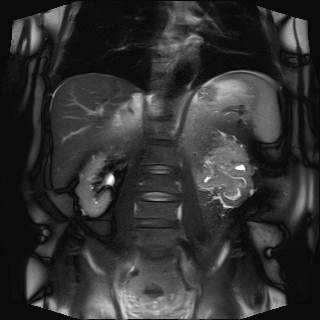 Visible hematuria is a well known risk marker for bladder cancer, but researchers for the first time have demonstrated that non-visible hematuria is a risk marker as well, according to a recent report. British investigators compared 4,915 patients aged 40 years or older diagnosed with bladder cancer and 21,718 age- and sex-matched controls and found that non-visible hematuria was independently associated with a 20-fold increased risk of bladder cancer. The positive predictive value (PPV) of non-visible hematuria for bladder cancer was 1.6% among individuals aged 60 years and older and 0.8% among those aged 40-59 years, the researchers reported online ahead of print in the British Journal of General Practice. These PPVs “support looking for non-malignant diagnoses initially, with urinary tract infection being the likely main cause,” the researchers wrote. For the study, the researchers, led by William T. Hamilton, MD, of the University of Exeter Medical School in Exeter, U.K., examined both coded and uncoded data in electronic records. Uncoded data included “free-text” notes recorded by general practitioners, Dr. Hamilton's team explained. Investigators requested extracts of uncoded records of cases and controls for the year immediately preceding the patient's diagnosis of bladder cancer. Each extract contained the expression “haematuria” or “blood in urine,” plus up to 3 words on either side to give context, such as “no haematuria.” These uncoded entries were categorized according to the type of hematuria described (visible or non-visible) and whether hematuria was present or absent at the time of consultation.
0 Comments
Leave a Reply. |
Σχετικά
Με το ιστολόγιο αυτό επιχειρείται η κατά το δυνατόν άμεση ενημέρωση σε θέματα που αφορούν ουρολογικές εξελίξεις και δίνεται η δυνατότητα σχολιασμού των αναρτήσεων. Κατηγορίες
All
|
|
Ιατρείο Λαγκαδά: Δ. Μήλιου 24 (έναντι 1ου δημοτικού), Λαγκαδάς
Τ: 2394 020 780, Κ: 693 63 23 794 |
Όροι Χρήσης | Επικοινωνία | Copyright © 2013
 RSS Feed
RSS Feed